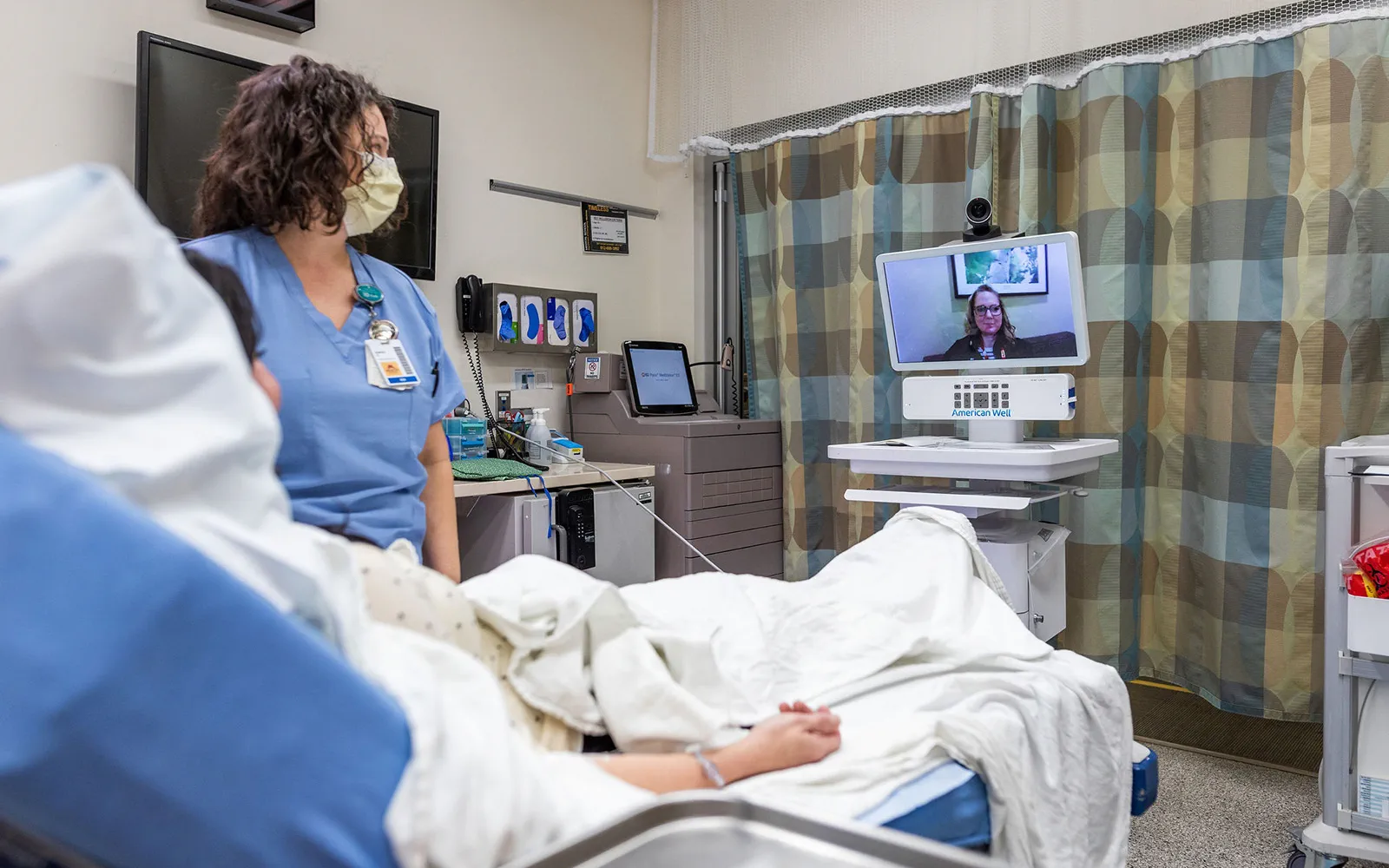Main results
Most Telestroke services are in high-income countries (HICs): Of the 254 networks identified, 175 (69%) are located in wealthier countries, while 58 countries (30%) still lack any telestroke services.
Growth in lower-income countries: Encouragingly, more telestroke networks are being established in low- and middle-income countries (LMICs) over the last few years, opening doors to better stroke care in these regions.
Diverse approaches and technologies: network setups varied widely, from networks with advanced technology serving thousands of patients yearly to smaller networks using basic video tools for fewer consultations


Impact
The findings highlight both achievements and areas for improvement. Telestroke networks are making strides in many countries, yet there remains a significant gap in service in lower-income regions. The recent growth of telestroke in these areas is promising, demonstrating how innovation can adapt to limited resources. But to make the most impact, clear standards are needed to guide quality care and performance tracking across diverse settings. This research emphasizes the value of consistent quality checks and adaptable standards that suit different healthcare systems. Such measures will help ensure that patients in all countries receive safe, high-quality stroke care.
Collaboration
This research was conducted by the World Stroke Organization Youth Leadership Group on Telestroke
University hospital heidelberg
Germany
ALL india institute of medical sciences
India
Florey Institute of neurosciences
Australia



